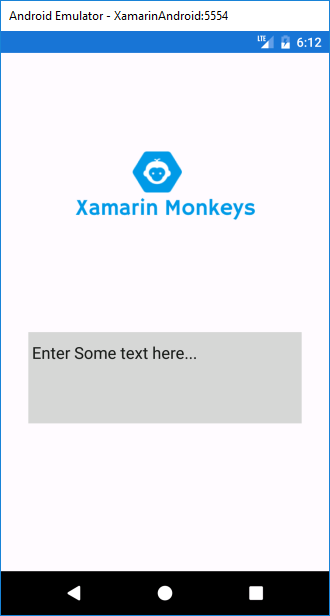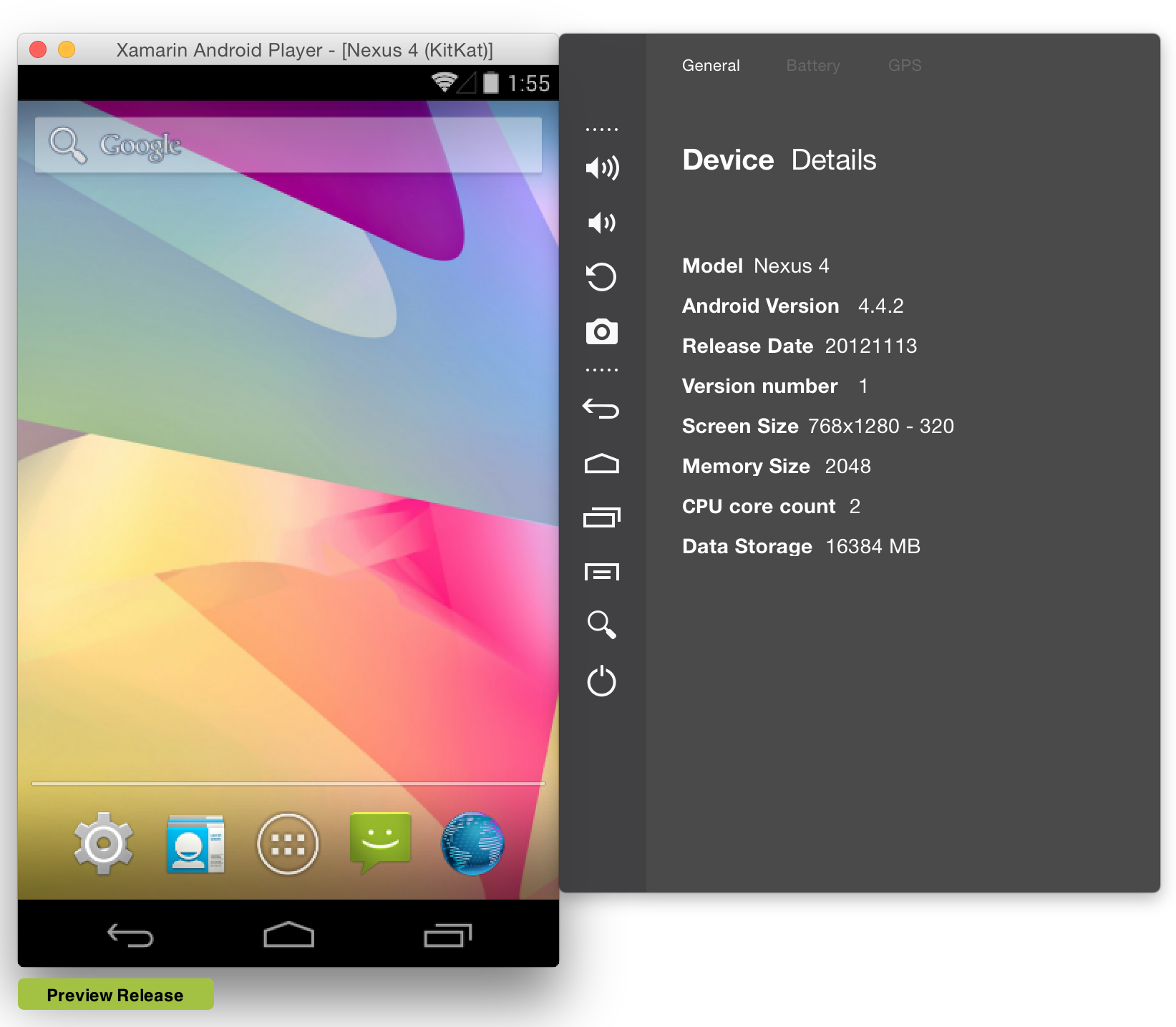

“SaveAsync error = error = Could not save account to Ke圜hain: MissingEntitlement\nAdd Empty istįile / New file / iOS / ist You’ll find the plugin here: Xamarin.Auth on GitHubĪnd A GitHub Recipe for Xamarin.Forms over here: Xamarin.Auth Recipe Starter Issues When Implementing Xamarin.Authīut when you’re creating a new iOS app version, there is one issue that often appears to be surfacing as soon as you want to actually save values to the secure storage. So, if you are looking for a solution that is focussed on saving data securely only, you might want to check out the alternative – Xamarin Essentials – further down this article. source: Xamarin.Auth GitHub repo documentation It’s also straightforward to add support for non-standard authentication schemes. OAuth 1.0 and 2.0), and store user credentials. Xamarin.Auth helps developers authenticate users via standard authentication mechanisms (e.g. As the name “.Auth” indicates, it is focussed on authorization and not purely on storage.

And that might be a thing for some developers. This isn’t a plugin purely for storage, though. It will use the native storage of iOS and Android as indicated before and it has been used a lot by developers. It helps you to save (key-value based) information via its abstracted cross-platform functions. The plugin is created by Xamarin and updated on a regular basis. “Xamarin.Auth” is the name of the first cross-platform save storage plugin and using it to save key-value data is a safe way to go.
Emulator storage android mac xamarin code#
Luckily, for us Xamarin developers, cross-platform abstracted plugins are available for integrating this in your shared code (whether it is a shared library or project). For those, you’ll need to provide your own encrypted solutions and data-storage implementations. The native storage isn’t intended for big data chunks like binary data, video content or other stuff. To be clear: they REALLY ARE intended for key-value pairs of information. These are just the best options as two big enterprises (Apple behind iOS, Google behind Android) have been working on things like security and have chosen to implement some kind of storage space that can be utilized by mobile apps to safely write down key-value pairs of information. That means that you need to use the Keychain services in iOS, and the KeyStore class in Android to make sure the data is stored and encrypted accordingly. Native Storageīut the safest way to actually save the sensitive data on your device is using the mobile platform’s NATIVE secure way of storing such information. As you’ll read further down this post, Implementing secure storage in your Xamarin.forms app can be done as close to the native OS as possible.


 0 kommentar(er)
0 kommentar(er)
